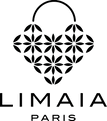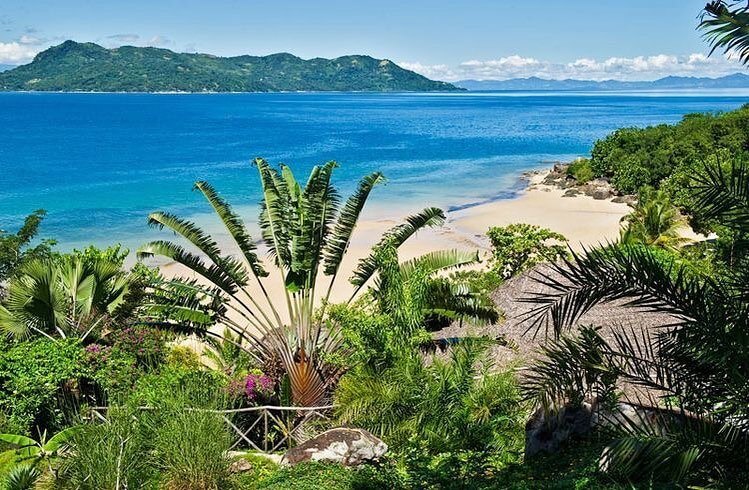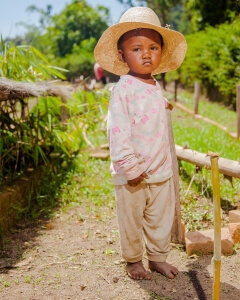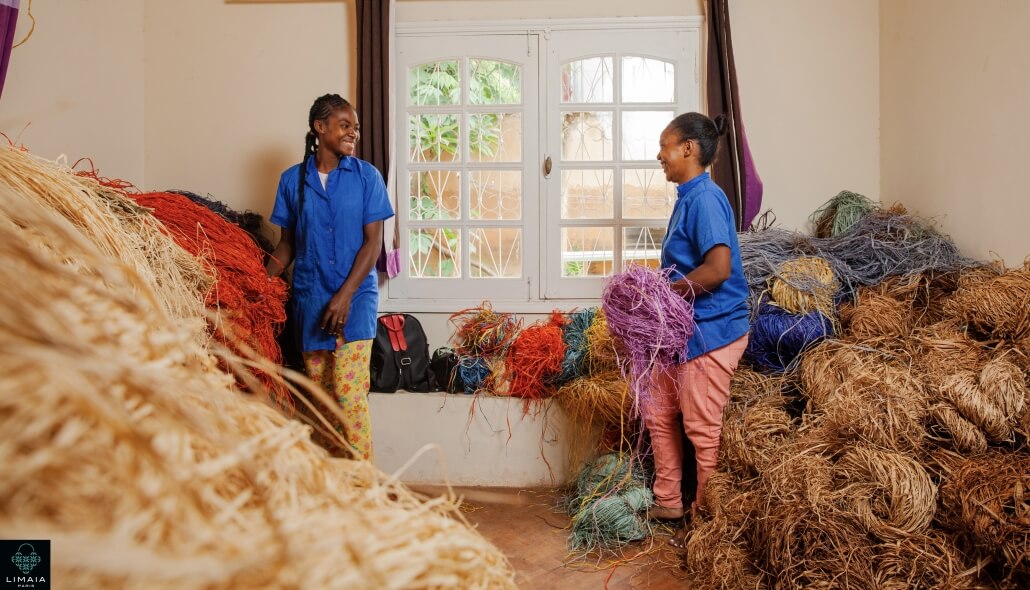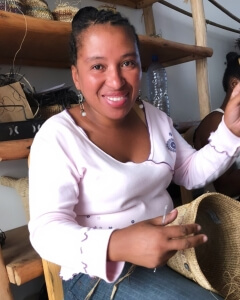The Cultural Legacy Of Madagascar
Madagascar is known for its vibrant and intricate handcrafted raffia products, which are made from the fibers of the raffia palm tree. Raffia products are a significant part of Madagascar’s cultural heritage, and artisans have been creating them for generations.
Some of the popular raffia products from Madagascar include baskets, hats, bags, mats, and other decorative items. These products are not only beautiful but also practical, as they are durable and can withstand daily use.
The process of creating raffia products is time-consuming and requires a great deal of skill. First, the raffia fibers are harvested and then cleaned and dyed using natural dyes. The fibers are then woven or braided together to create the desired shape and design.
Buying handcrafted raffia products from Madagascar is not only a way to support local artisans but also a way to bring a piece of the country’s rich culture into your home. Many organizations and fair trade groups work to support the fair and ethical trade of raffia products, ensuring that the artisans are paid fairly for their work.
A Sustainable Future
Raffia is considered a sustainable material for several reasons. Firstly, it is a renewable resource, as the raffia palm trees can be harvested for their leaves without killing the tree, and new leaves will grow to replace them. This makes raffia an environmentally friendly alternative to synthetic materials.
Secondly, raffia is biodegradable, meaning that it will break down naturally over time and not contribute to landfill waste. This is in contrast to many synthetic materials that can take hundreds of years to decompose and can have a significant impact on the environment.
Thirdly, the production of raffia products in Madagascar and other parts of Africa is often done using traditional techniques that have been passed down through generations. This means that the artisans who create these products are using sustainable practices that are in harmony with the environment and help to preserve local cultural traditions.
Overall, raffia is a sustainable material that offers a range of benefits, including durability, versatility, and cultural significance. Choosing handcrafted raffia products from Madagascar is a way to support sustainable practices and preserve traditional craft techniques while adding unique and beautiful items to your home.
What Is Raffia?
A raffia palm (Raphia spp.) is a type of palm tree that is native to Madagascar and other parts of Africa. It is the source of the raffia fiber, which is commonly used in crafts such as basketry, mat weaving, and hat-making.
Raffia palms are tall, reaching up to 25 meters in height, with leaves that can be up to 25 meters long. The leaves are used to produce the raffia fiber, which is obtained by stripping and cleaning the leaflets and then drying and shredding them. The resulting fibers are strong, flexible, and highly versatile, making them ideal for a range of uses.
In addition to its use in crafts, raffia palm trees have a number of other uses. The leaves are sometimes used as thatch for roofs, and the sap can be tapped to produce a type of palm wine. The fruit of the raffia palm is also edible and is sometimes used in cooking.
Raffia palm trees are an important natural resource in Madagascar and other parts of Africa, providing not only a valuable source of income for local communities but also contributing to the region’s rich cultural heritage.
All Dyes Created From Organic Ingredients
Madagascar is known for its rich biodiversity and natural resources, including a variety of plants that can be used to create natural dyes. Here are some examples of natural dyes used in Madagascar:
- Indigo – The leaves of the indigo plant are used to create a blue dye. This dye has been used for centuries in Madagascar and is still commonly used today.
- Ravinala – Also known as the traveler’s tree, the fibers of this plant can be used to create a yellowish-brown dye.
- Raffia – The fibers of the raffia palm can be used to create a yellow dye.
- Turmeric – The root of the turmeric plant can be used to create a bright yellow dye.
- Moringa – The leaves and bark of the moringa tree can be used to create a yellow dye.
- Lichen – Various types of lichen found in Madagascar can be used to create a range of colors, from yellow to orange to red.
They are prized for their beauty and sustainability, as they are non-toxic and biodegradable.
Our natural dyeing process takes all its meaning in the reusing method, which materializes using vegetable peels, wood ashes, all collected in the markets.
Wood bark, foliage and inedible fungi are respectfully collected in the forest.
As regards flowers, only those cut for pruning are used.
So many plants that are offering an infinite range of colors in their second life.
A Natural Alternative To Fast Fashion
Fast fashion refers to the trend of rapidly producing and selling inexpensive clothing that is designed to quickly go out of style. This business model encourages consumers to buy more clothes than they need and discard them after only a few uses, leading to a significant amount of waste.
One of the most significant environmental problems associated with the clothing industry is the release of microplastics into the environment. These tiny particles of plastic are shed from synthetic materials during washing and end up in waterways, where they can harm wildlife and enter the food chain. The use of synthetic materials like polyester, nylon, and acrylic in clothing production has contributed to the widespread distribution of microplastics in our environment.
Additionally, the clothing industry is notorious for its high water consumption and pollution. The production of cotton, for example, requires vast amounts of water and pesticides, which can contaminate local water supplies and harm local communities. The use of toxic chemicals in textile dyeing and finishing also contributes to water pollution and can have negative health impacts on workers in the industry.
